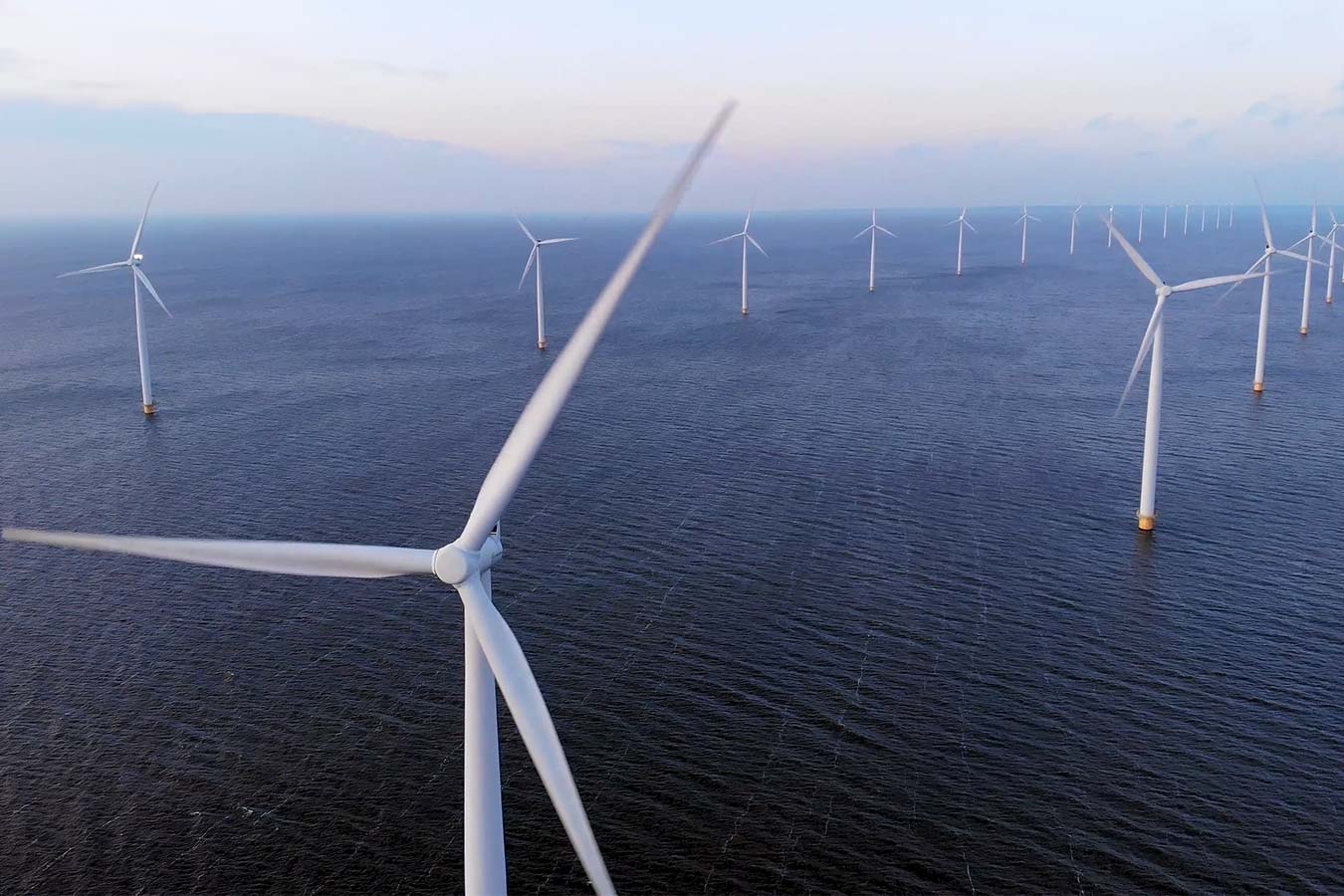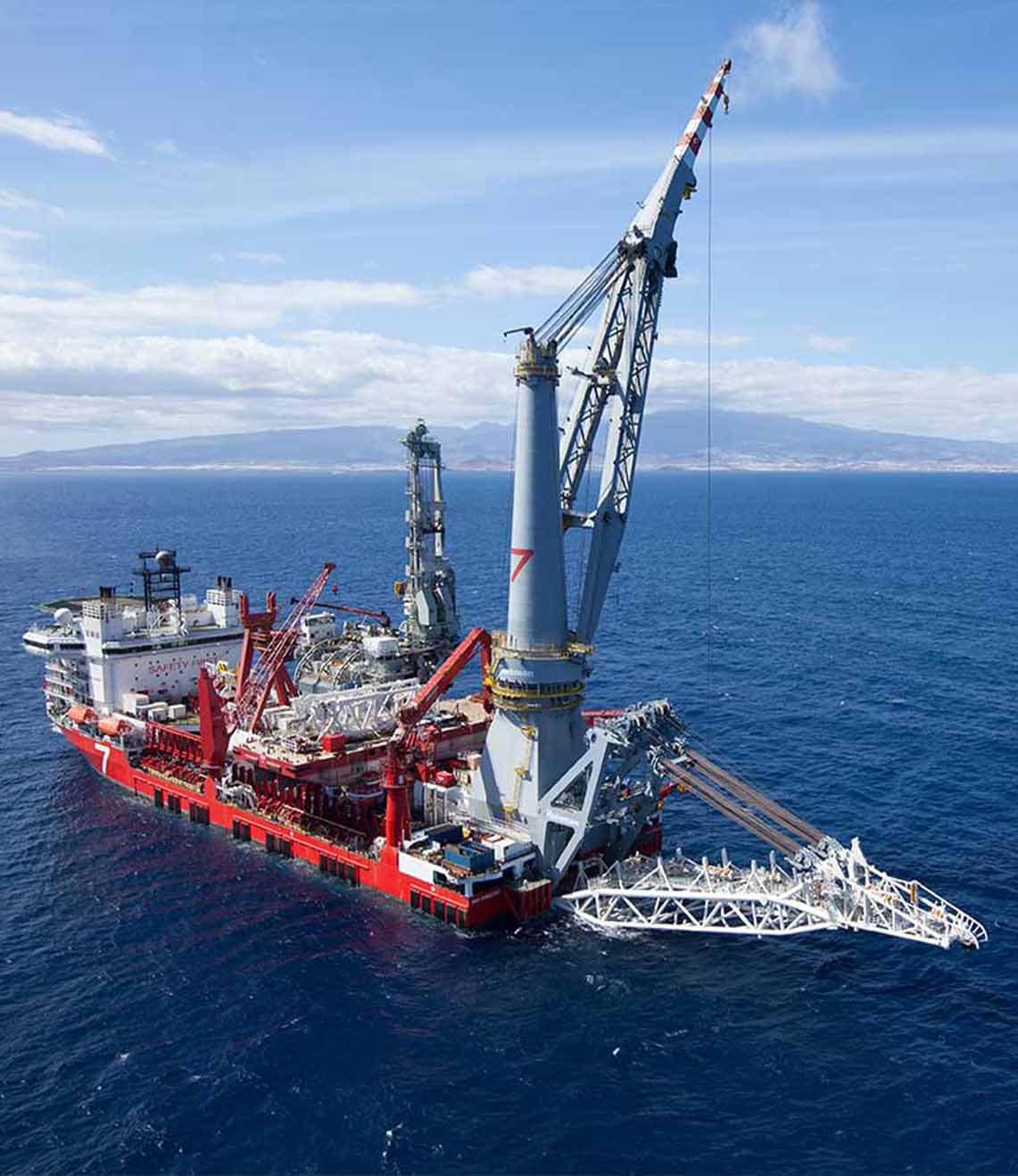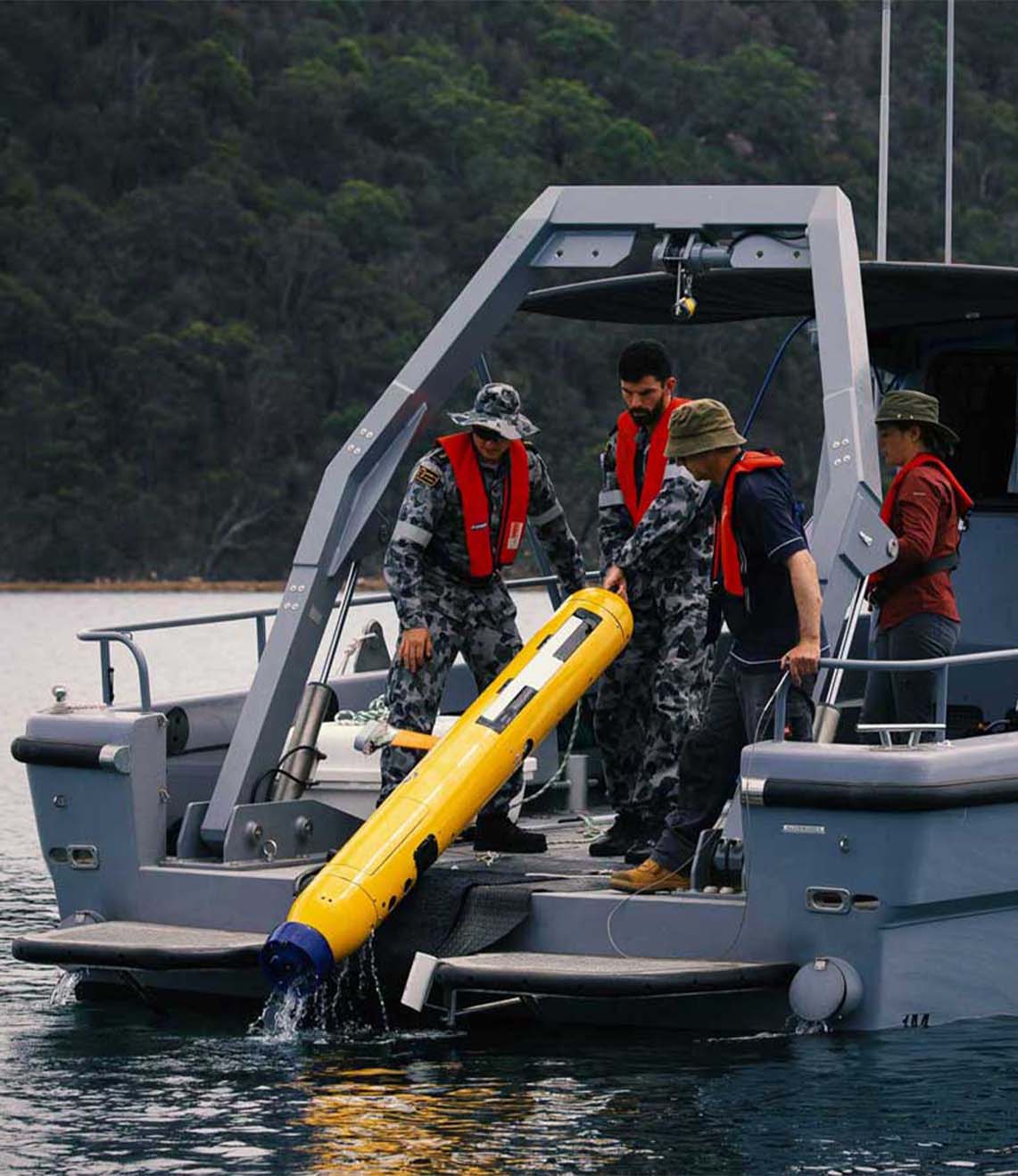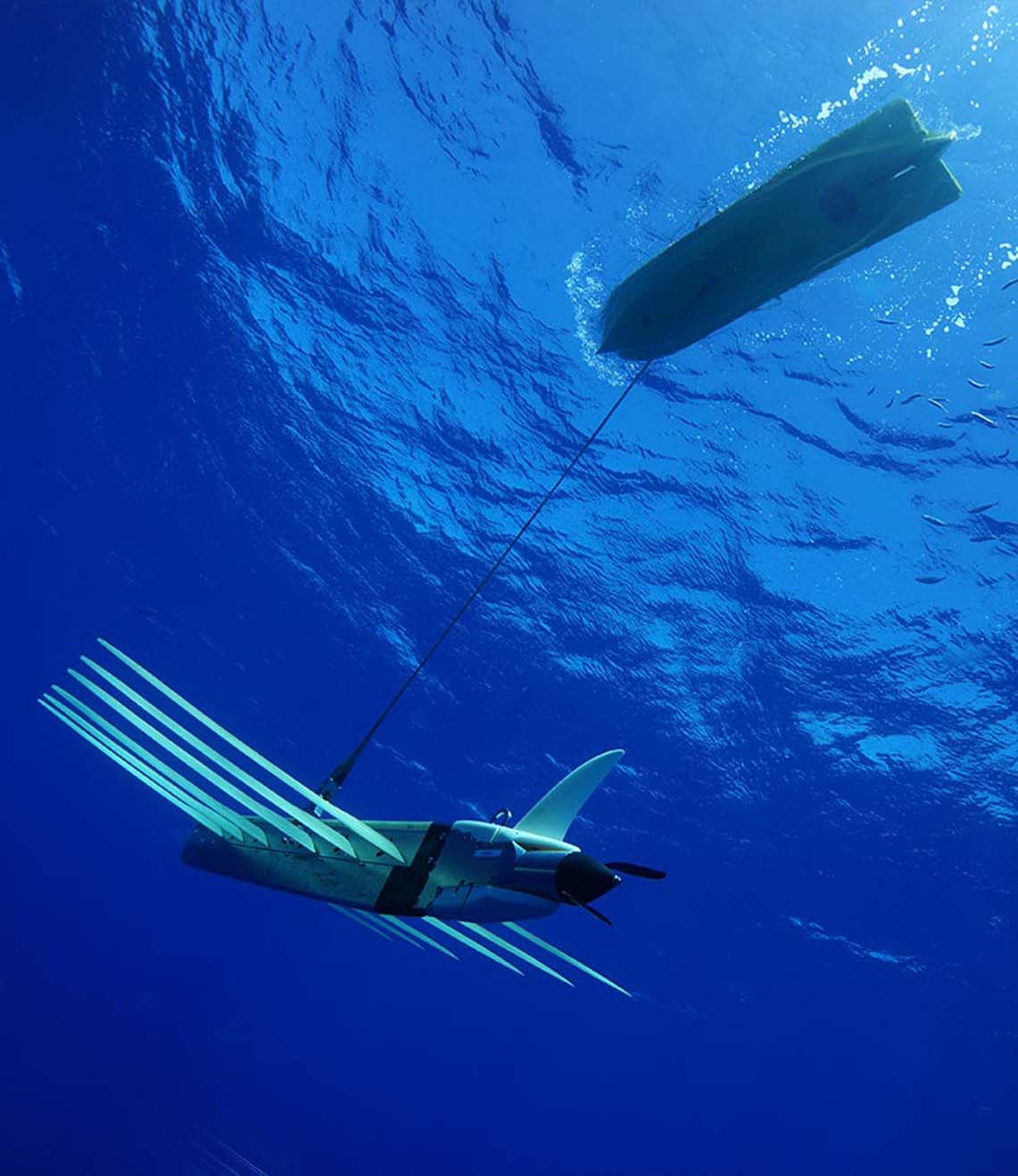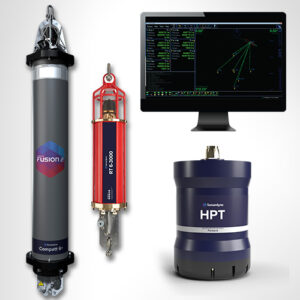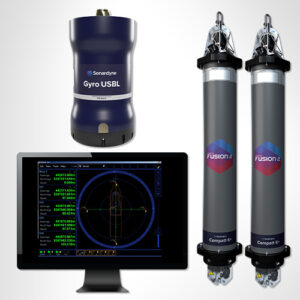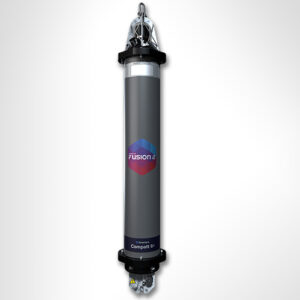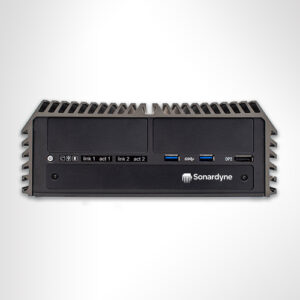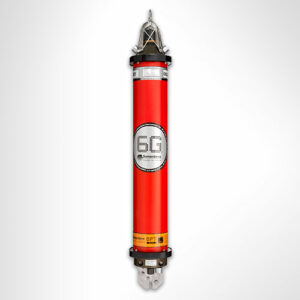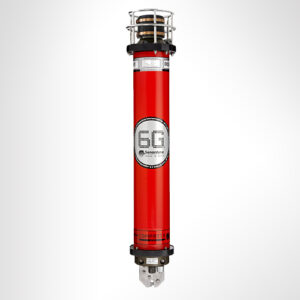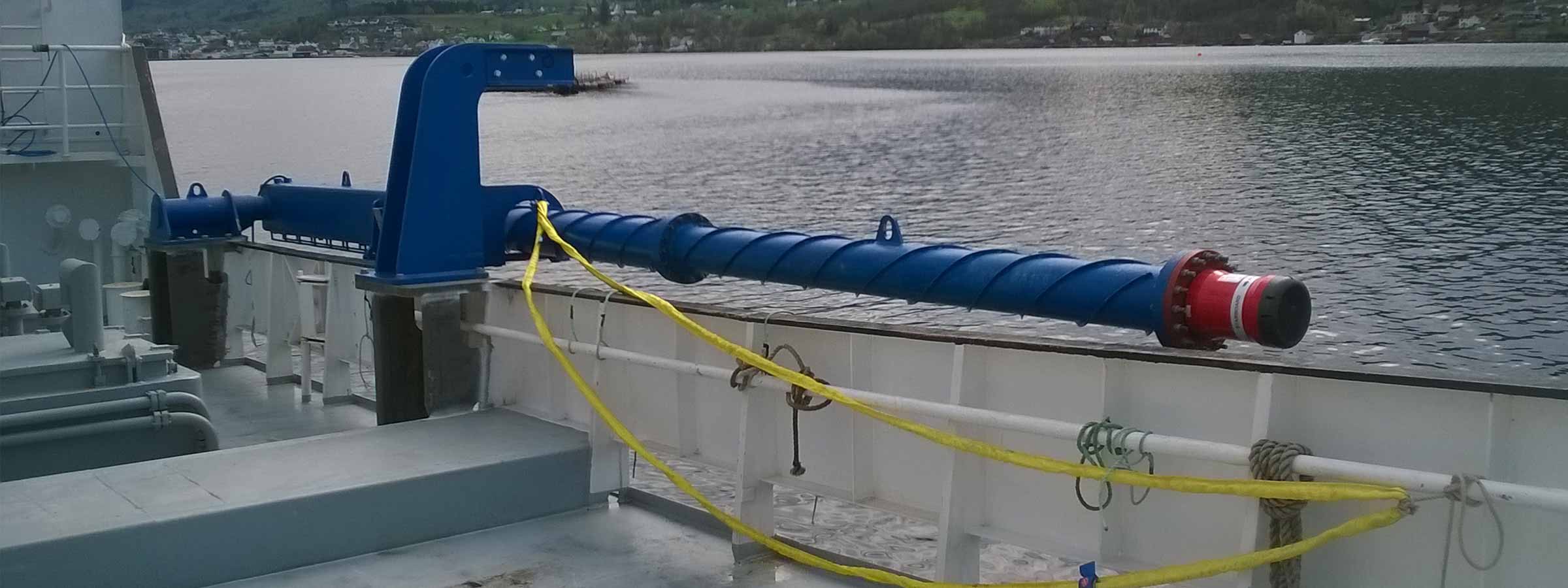
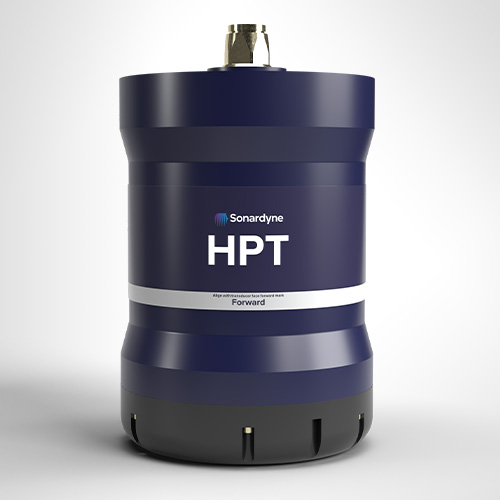
HPT 5000 / 7000 are acoustic and telemetry transceivers designed for use with Ranger 2 USBL and Marksman LUSBL systems. HPT 5000 enables targets offer wide range of water depths to be tracked; HPT 7000 is optimised for noisy DP drilling and construction vessels and in deep water.
At a glance
Use with Ranger 2 USBL and Marksman LUSBL systems
Can also be used to communicate and harvest data from Sonardyne sensors
Hemispherical (HPT 5000) or directional (HPT 7000) arrays to suit your vessel and application
Can be deployed other-the-side, through-tube or through-hull
Suitable for new-build vessels or USBL/LUBL upgrade for your existing vessel
Track anything, to any range
Want to know more?
Overview
When it comes to USBL and LUSBL transceivers, one model does not fit all situations and vessels. For Ranger 2 and Marksman installations, our HPT (High Performance Transceiver) is available two primary configurations.
HPT 5000
HPT 5000 offers full hemispherical acoustic coverage so is a popular choice for tracking multiple targets (ROVs, AUVs, towfish, seafloor sensors) over a wide range of depths and elevations. The unit is also suitable for dynamic positioning reference on survey, research and offshore support vessels.
HPT 7000
HPT 7000 is engineered for ultra-deepwater operations, tracking targets far below (rather than to the side) of a vessel, and also high vessel noise operating environments as those typically encountered on DP drilling and construction where aeration from thrusters is liable to cause signal interference.
Both models of transceiver fully support 6G LBL operations using Fusion 2 LBL software. They are also highly capable acoustic communications modems, able to interrogate, command and recover data payloads from deployed Sonardyne instruments including AMTs and Fetch. Supporting telemetry rates of up to 9,000 bps minimises the time a vessel has to wait on location to recover data. as well as supporting LBL operations.
HPT 5000 / 7000 are also available in Gyro USBL configurations offering calibration-free installation and use.
All HPTs are built on our 6G technology platform which multi-element processing to enable transponders to be positioned more precisely, more quickly and more robustly due to improvements in signal processing algorithms and array design.
Functionality such as ‘Discovery Mode’ enables vessels equipped with Ranger 2 and Marksman to enter an offshore area and automatically detect previously deployed transponders (including their configured address and channel), making simultaneous operations using shared seabed arrays possible.
Manufactured in aluminium-bronze, HPTs are intended to be fitted temporarily or permanently to a vessel’s through-hull or over-the-side pole. HPT 5000s (including Gyro USBL 5000s) have also been fitted to large USVs for uncrewed missions controlled from over-the-horizon.
For specialist applications, Inverted USBL, LMF frequency and extreme depth range HPT transceivers are also available. Please speak to us about your requirements.
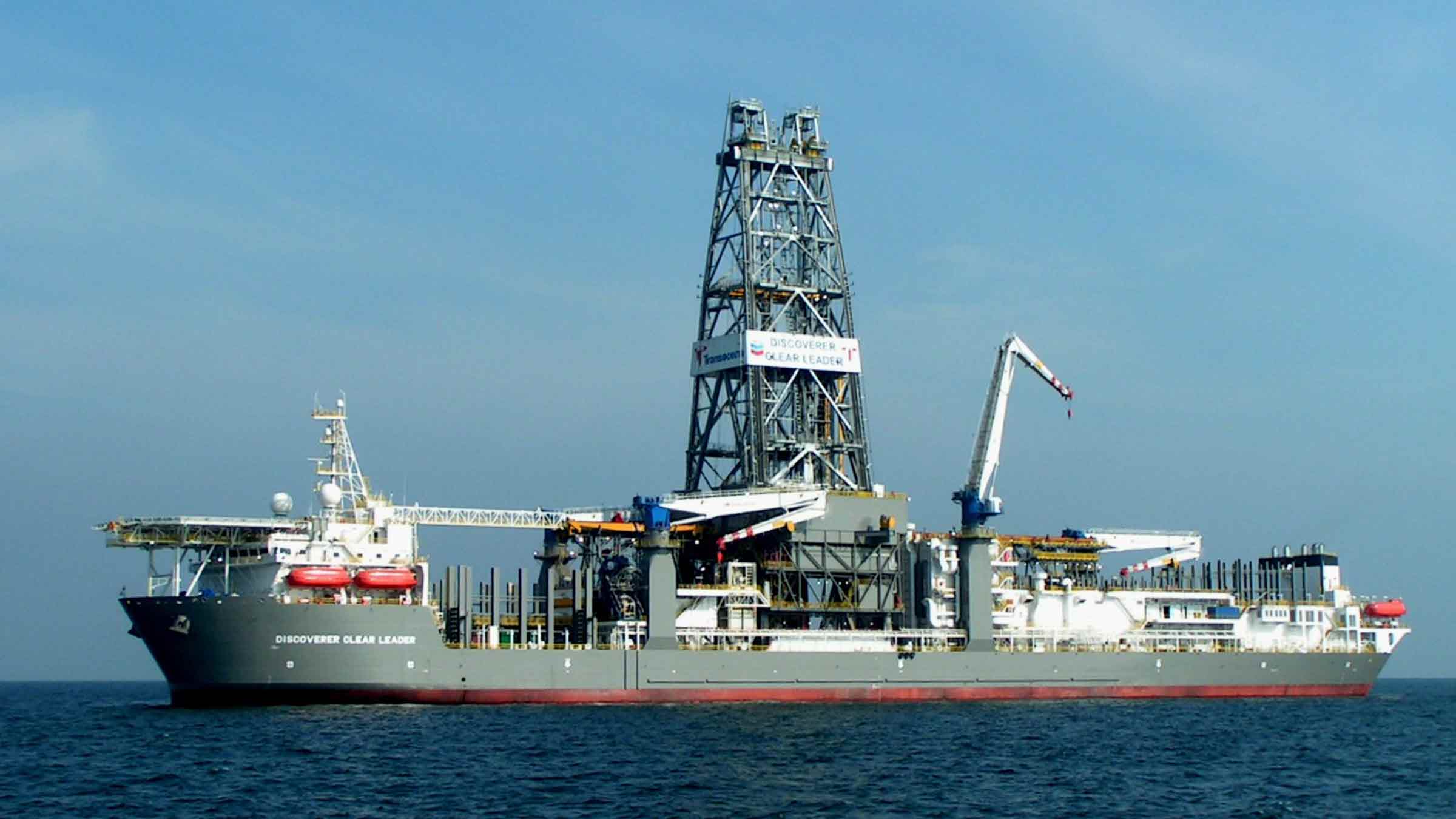
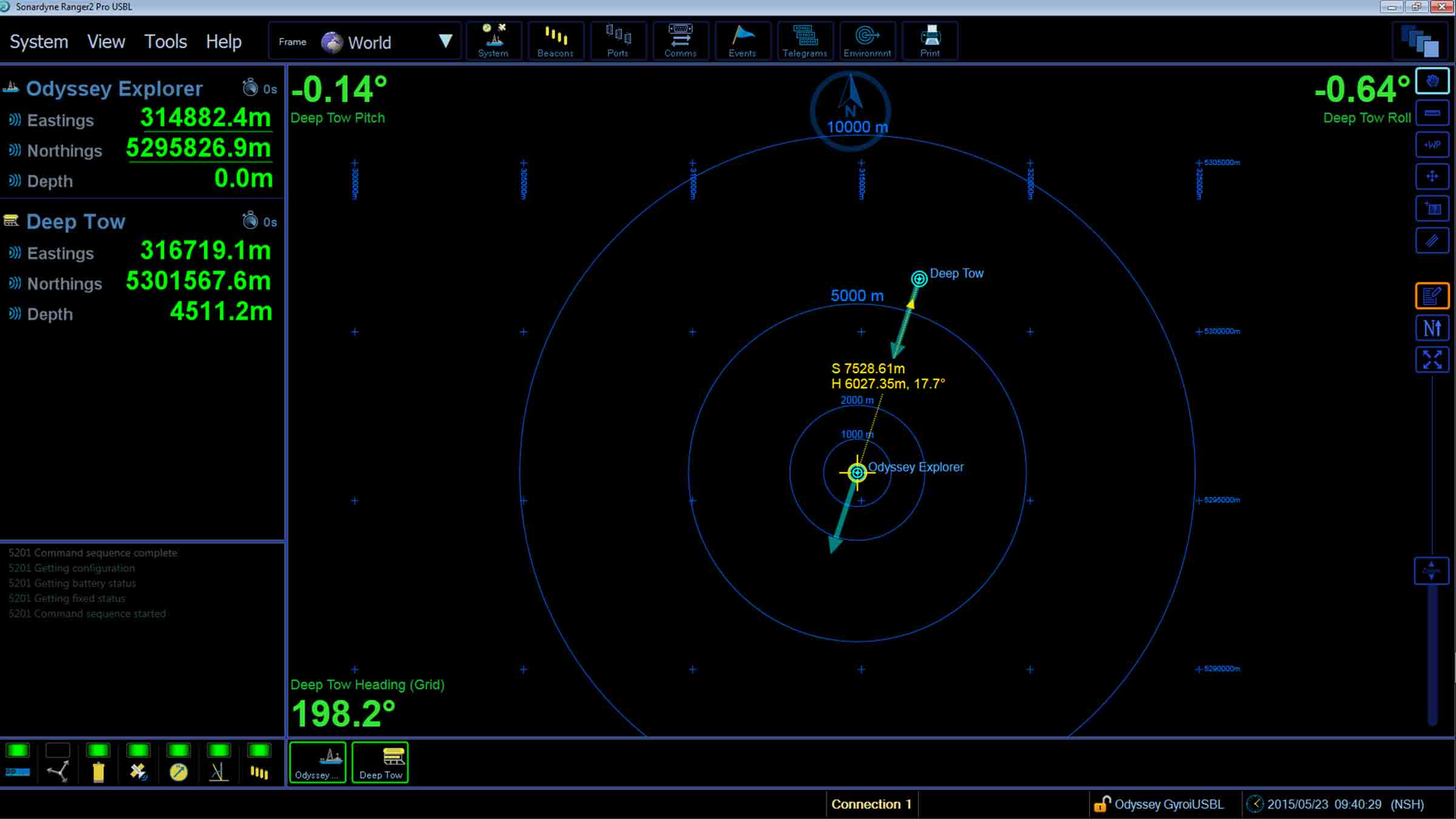
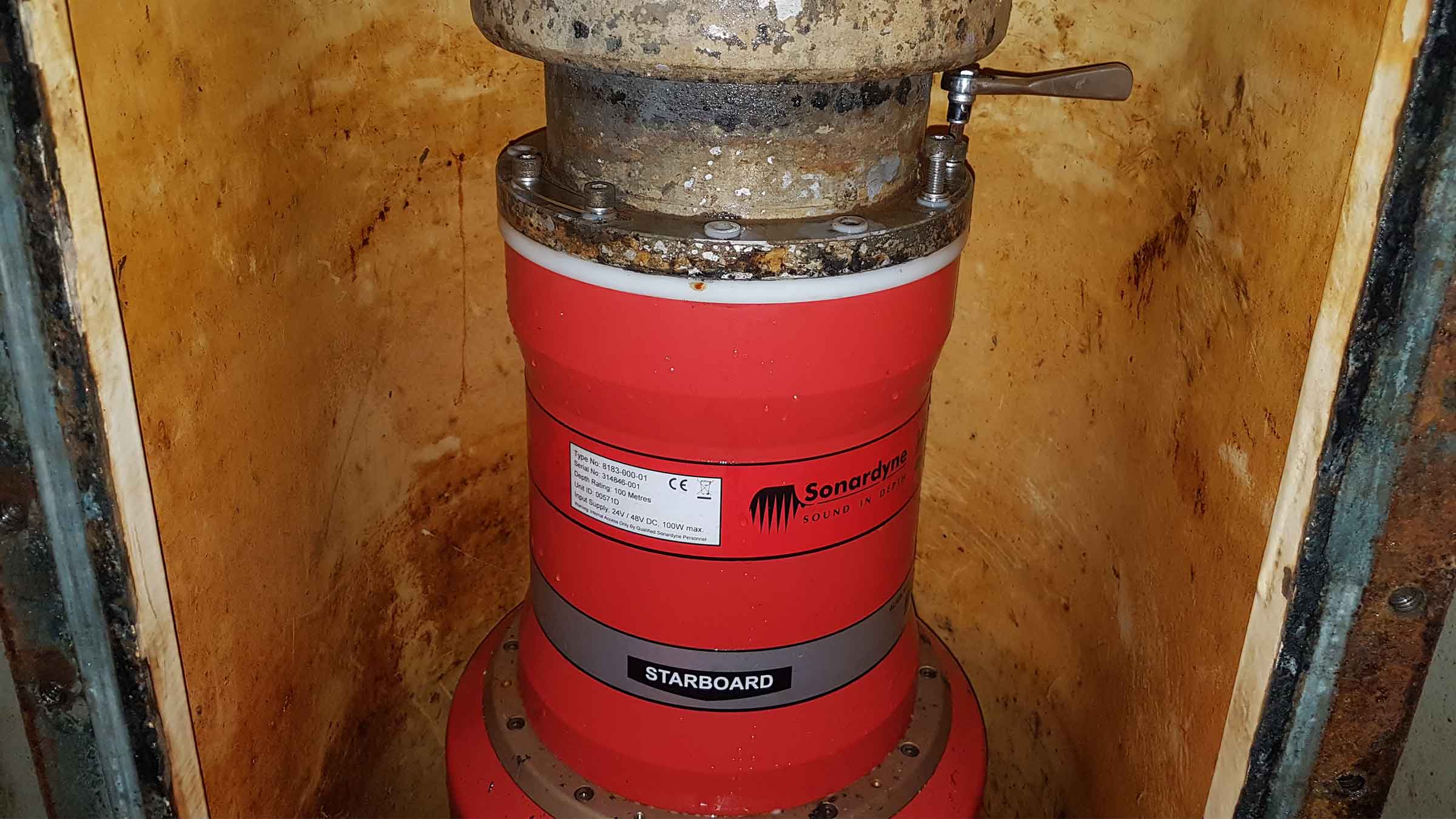
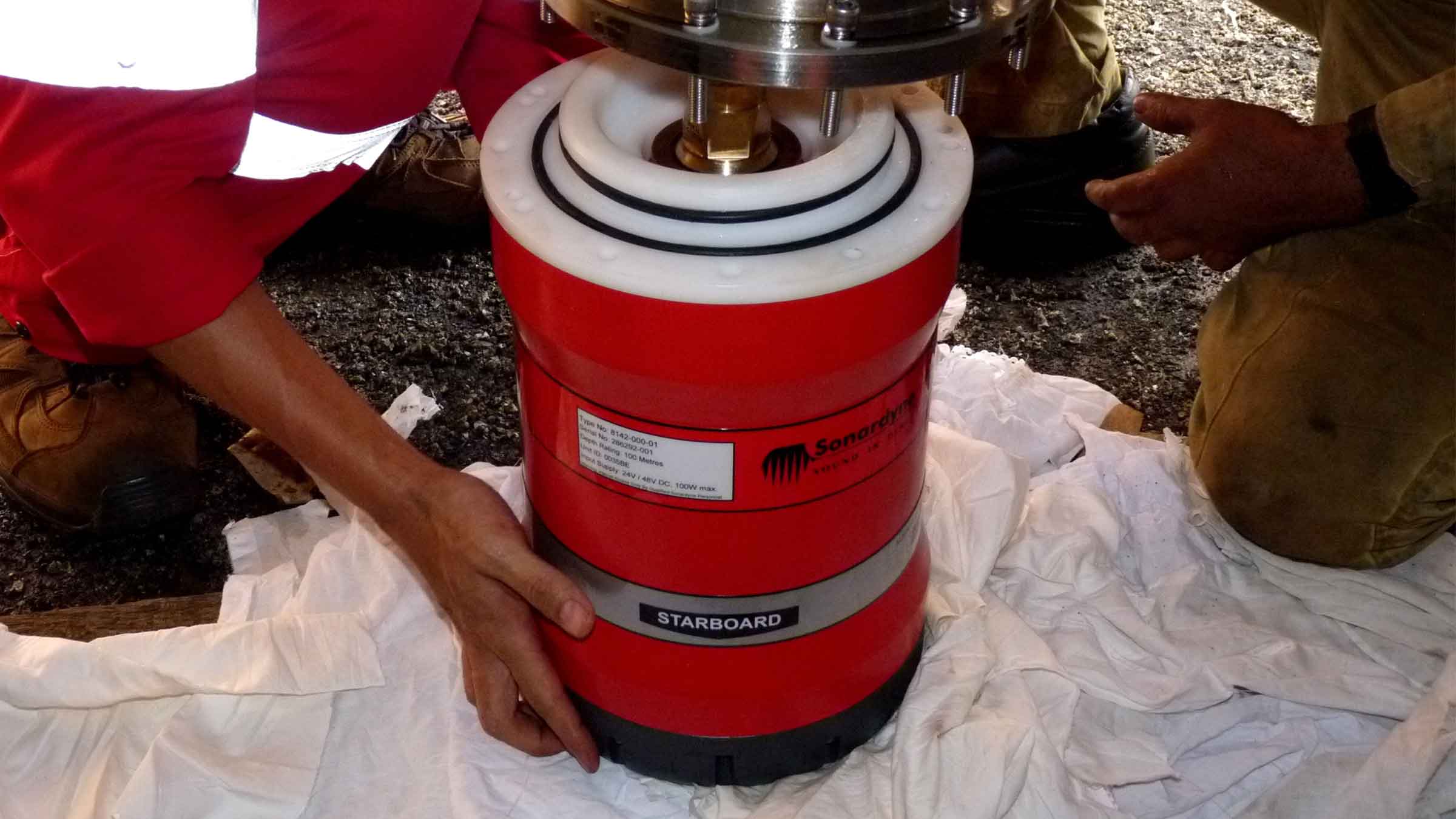
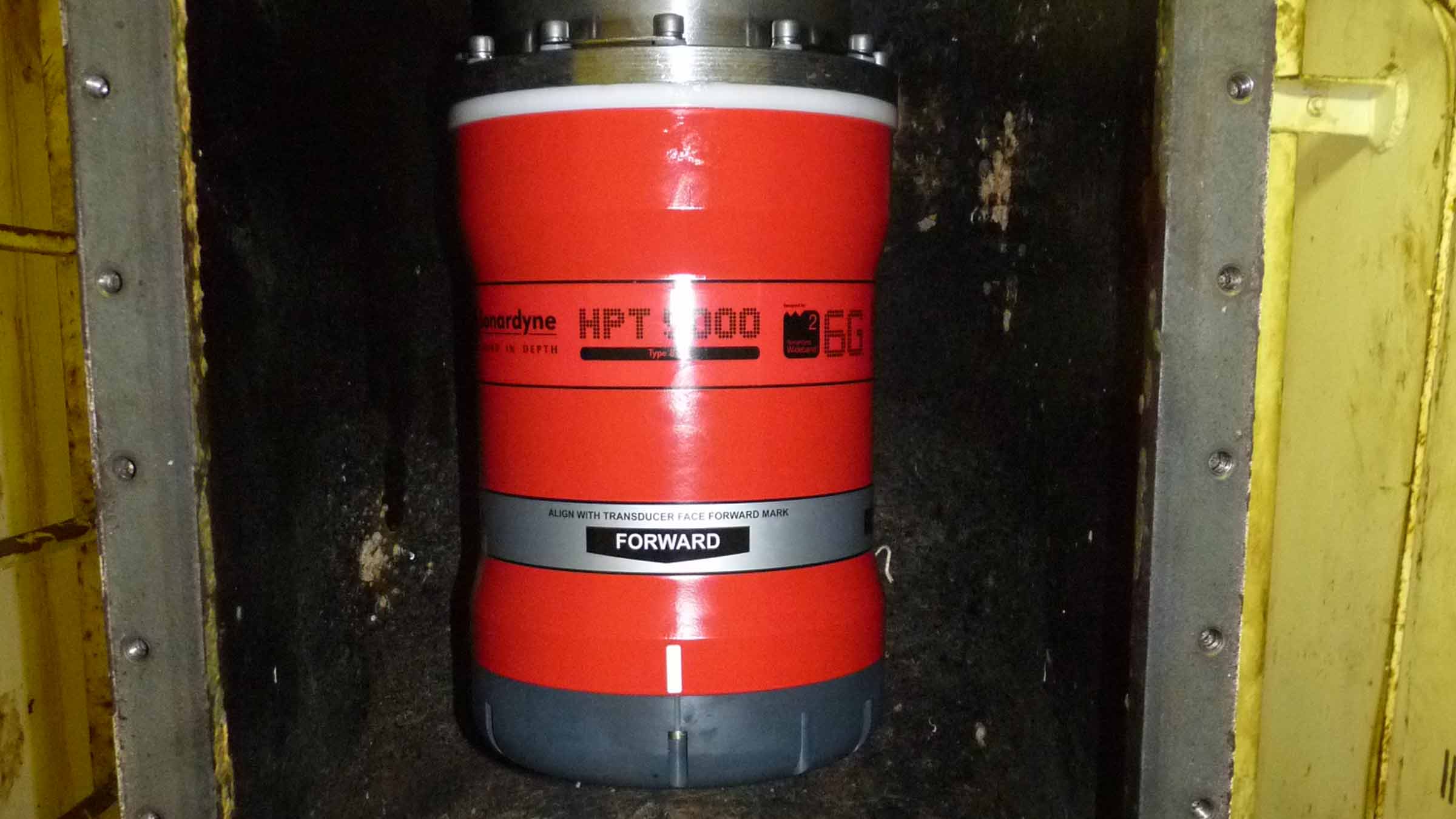
HPT 5000 / 7000 case studies
Energy
Long ROV excursions, high elevation tracking, noisy waters – not a problem
ROV pipeline inspections in shallow water – with long excursions and high elevation tracking requirements – can pose major challenges for even the best USBL systems. With SPRINT-Nav in the mix, it’s no longer an issue. Tavis Letherby, Survey/ROV Manager at CCC (Underwater Engineering), explains.
Client: CCC
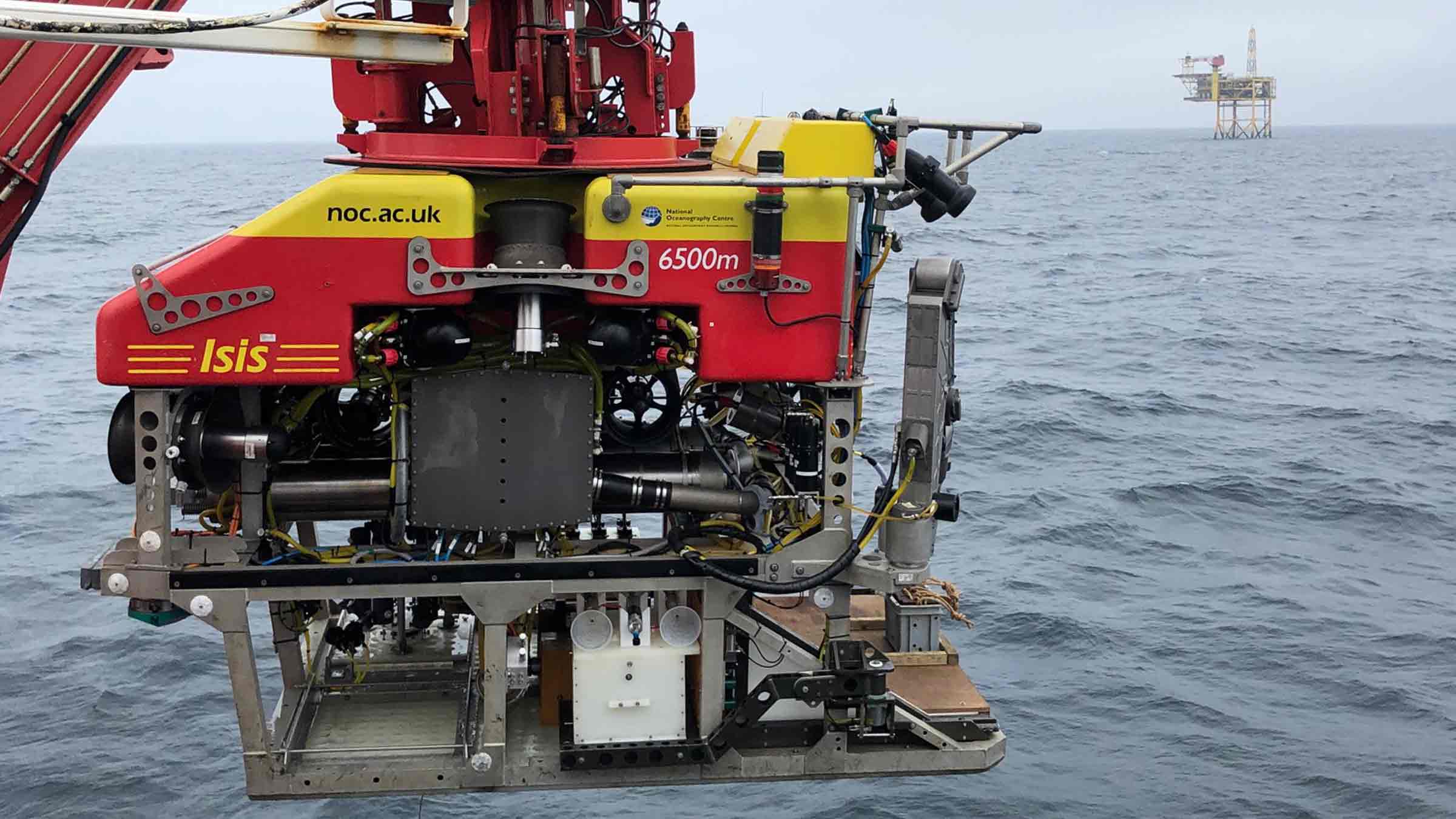
Ocean Science
Ranger 2 – it’s anything but standard.
With our Ranger 2 permanently installed onboard the RRS James Cook, a team from the UK’s National Oceanography Centre (NOC) was able to significantly reduce the uncertainty around the position of their autonomous underwater vehicle (AUV).
Client: National Oceanographic Centre
Resources
| Feature | Type 8142-001 | Type 8142-002 (Deepwater optimised unit) | |
|---|---|---|---|
| Operational Frequency | MF (20–34 kHz) | MF (20–34 kHz) | |
| Transceiver Performance | Operating Range | Up to 7,000 m | Up to 7,000 m |
| Acoustic Coverage | Up to ± 90° | Up to ± 90º Optimised for deep water (depending on frequency of operation) | |
| Range Precision | Better than 15 mm | Better than 15 mm | |
| Positioning Repeatability | All transceivers tested to better than 0.1% of slant range 1 Drms | All transceivers tested to better than 0.07% of slant range 1 Drms | |
| Transmit Source Level (dB re 1 µPa @ 1 m) | 200 dB | 200 dB | |
| Tone Equivalent Energy (TEE) | 206 dB (13 JA) | 206 dB (13 JA) | |
| Electrical | 48 V dc (±10%), Typical 15 W, Max 120 W | 48 V dc (±10%), Typical 15 W, Max 120 W | |
| Communication | RS485, baud rate switchable, ethernet 100 Mbps | RS485, baud rate switchable, ethernet 100 Mbps | |
| Operating Temperature | -5 to 40°C | -5 to 40°C | |
| Storage Temperature | -20 to 45°C | -20 to 45°C | |
| Mechanical Construction | Aluminium bronze | Aluminium bronze | |
| Dimensions; Length x Diameter | 322 x 225 mm | 391 x 310 mm | |
| Weight in Air/Water | 26.7/15.3 kg | 46.9/29.0 kg | |
| Options | Tilted array adaptor | Tilted array adaptor |
